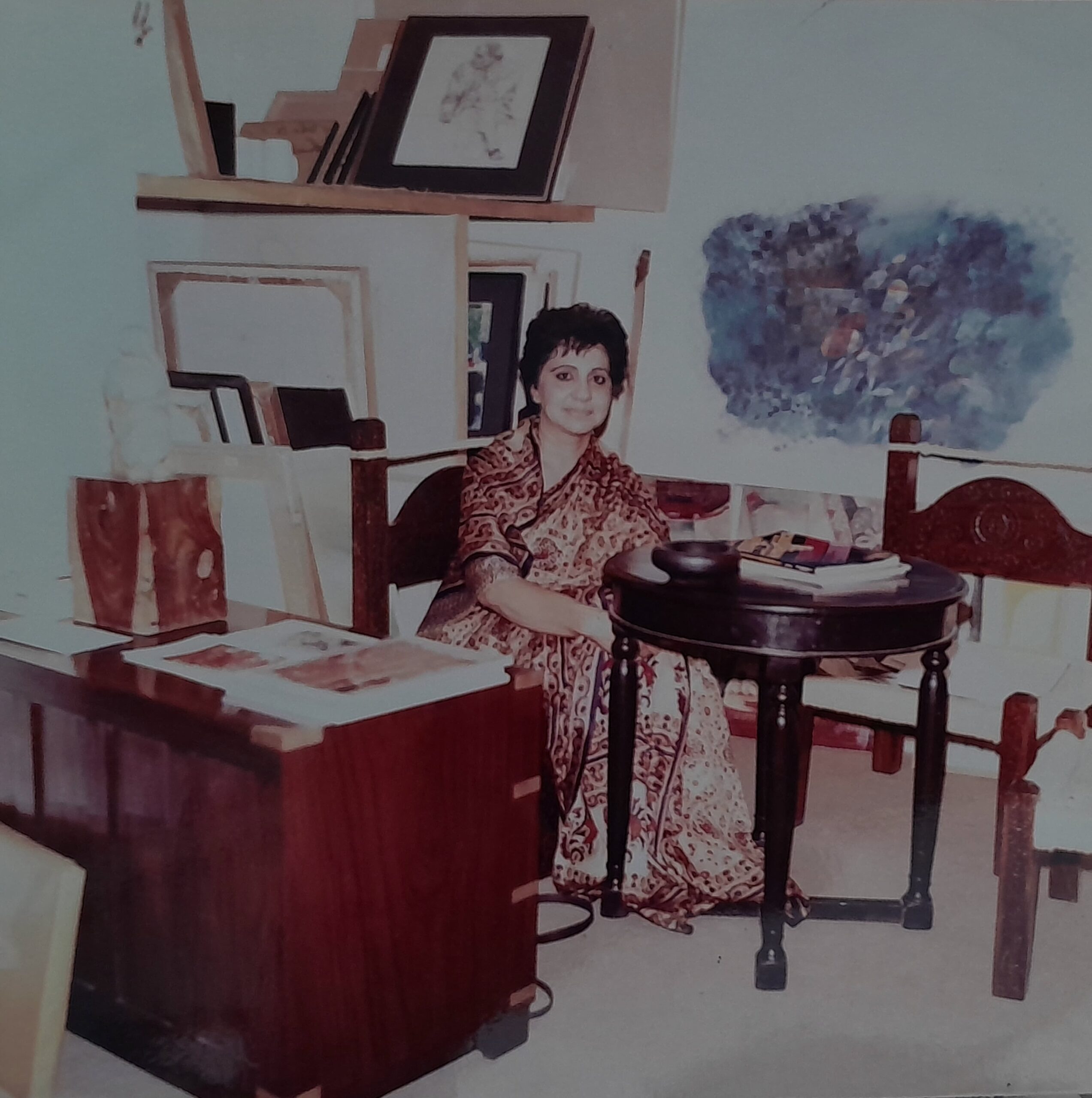Behind Chawkandi Art Gallery stands the resilient Zohra Husain, who not only shaped Pakistan’s art scene but also nurtured an entire generation of ar
Behind Chawkandi Art Gallery stands the resilient Zohra Husain, who not only shaped Pakistan’s art scene but also nurtured an entire generation of artists.
Tucked away in a quiet corner of Old Clifton, Karachi, Chawkandi Art Gallery has long felt less like a gallery and more like a place of art pilgrimage. Its modest rooms, sunlit walls, and understated silence have framed some of the most pivotal moments in Pakistani art. Behind this enduring institution stands a woman whose quiet conviction helped shape an entire generation of artists—Zohra Husain.
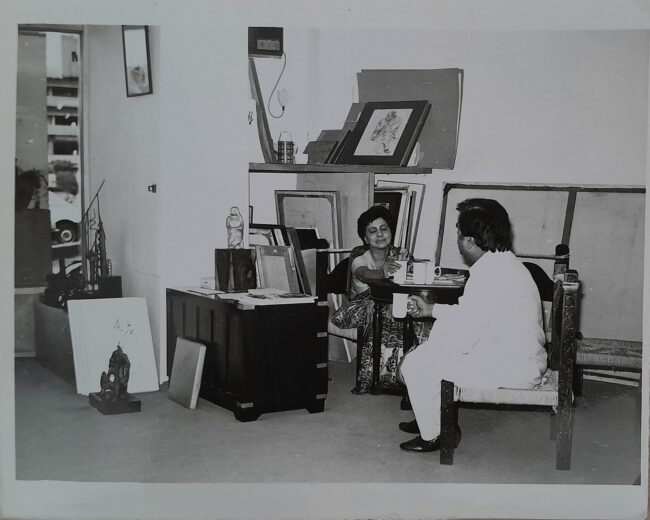
When Zohra opened Chawkandi in 1985, few spaces in the country treated art with such seriousness. Hers was not a gallery driven by sales or spectacle. It was a space for conversation, experimentation, and, above all, trust. Many young artists—some now among Pakistan’s most celebrated—found in her a rare kind of patron: deeply attentive, instinctively supportive, and unafraid of challenging work.
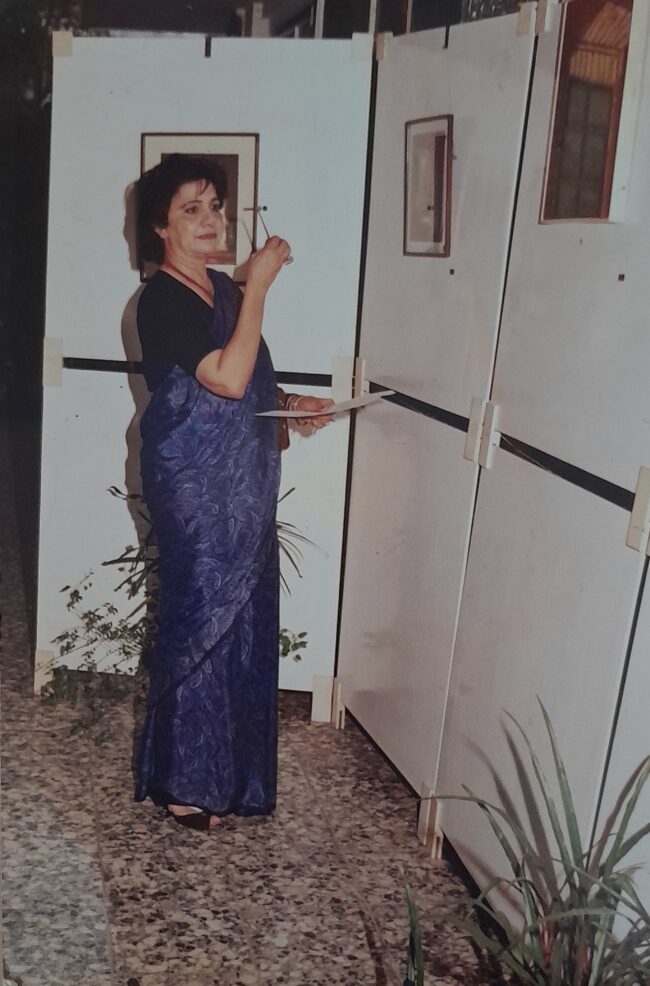
Artists like Zahoor ul Akhlaq, Irfan Hasan, Meher Afroz, and Rashid Rana passed through these walls, each bringing their questions, critiques, and obsessions. Zohra, often seated with quiet composure in the gallery’s office, offered what many artists needed most—space, both literal and emotional, to evolve.

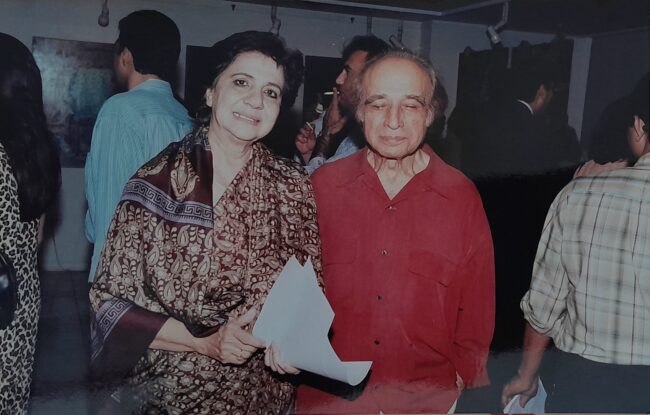
What made Chawkandi unique was its refusal to chase trends. The market or media didn’t dictate Zohra’s curatorial choices, but by a sensibility rooted in her deep understanding of Pakistan’s cultural and political landscape. Her background in journalism, her time with BBC Urdu, and her early involvement with theatre gave her a sense of timing—she knew when to listen, and when to act.
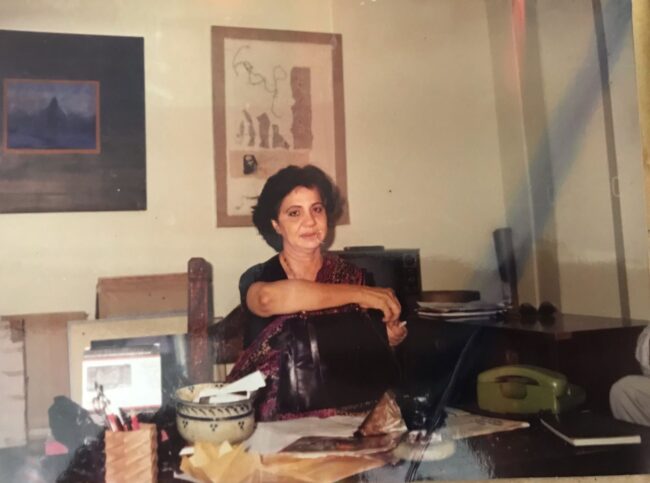
The gallery itself mirrors her presence: calm, assured, generous. Over the years, it has hosted works ranging from large-scale political commentary to the most intricate contemporary miniatures. Each exhibition is carefully thought through—not just in content, but in how the works breathe within the space.
